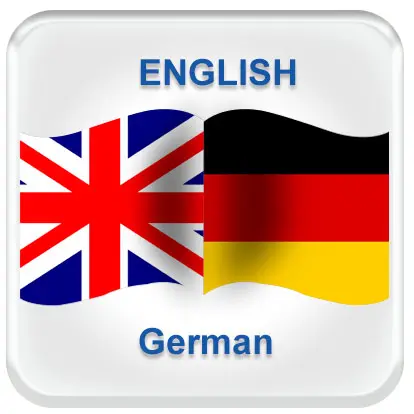German and French: the key features of translation
When translating from German to French, or vice versa, one of the most important points to consider is the differences between the two languages. Although they have much in common, we want to show you how these two languages are different. Therefore, we will consider the key features to keep in mind, when you are translating between these languages.
-
Accents
Anyone who is familiar with these two languages will be aware that various forms of accents are prominent in both languages. Both of them use accents exclusively on certain vowels, the two dots known as the Umlaut are fairly common in German, used to make ä, ö, and ü. This also affects the pronunciation of the words containing an umlaut. The accents used in French are somewhat different, the only one used on a consonant is the cedilla occasionally used on a C at the start of a word as such Ç. The umlaut is used in French very occasionally but the most common accents on vowels are the acute (é) and grave (à, è, ù) accents. These accents are particularly important because they not only change the pronunciation of the word, but they can often alter the meaning, notably when they are at the end of a verb and can change the tense of the verb. Therefore, accents merit close attention when translating between French and German.
-
Formal and informal
In both languages it is often important to indicate whether you are addressing someone formally or informally. In terms of pronouns, in French ‘tu’ meaning you is changed to ‘vous’, otherwise the second person plural, when addressing someone formally. German changes ‘du’ the equivalent of ‘tu’ to ‘sie’ – the third person plural, as the formal form. This must be kept in mind during translations as it is a very common and understandable error to make which drastically alters the meaning of a sentence.
-
Regional Variations
Both French and German are the official languages of multiple countries, which leads to regional variations on the language developing. Someone who has studied the form of German used in Germany and moves to Austria may initially struggle to understand the Austrian version of German used there. It is a similar case with French and the variations used in Francophone parts of Africa for instance. Therefore, it is important to establish which regional form of the language is being used when translating from French to German, or the inverse, as words can have vastly different meanings in different regions.
Now that you understand the key features of translating between these languages, take a look at our other articles on the major issues of translating between other languages.

